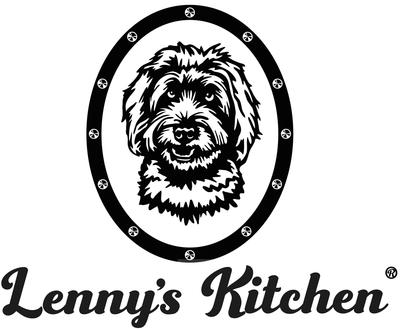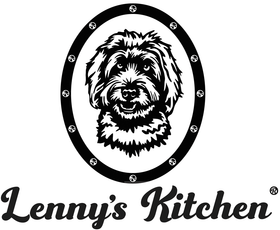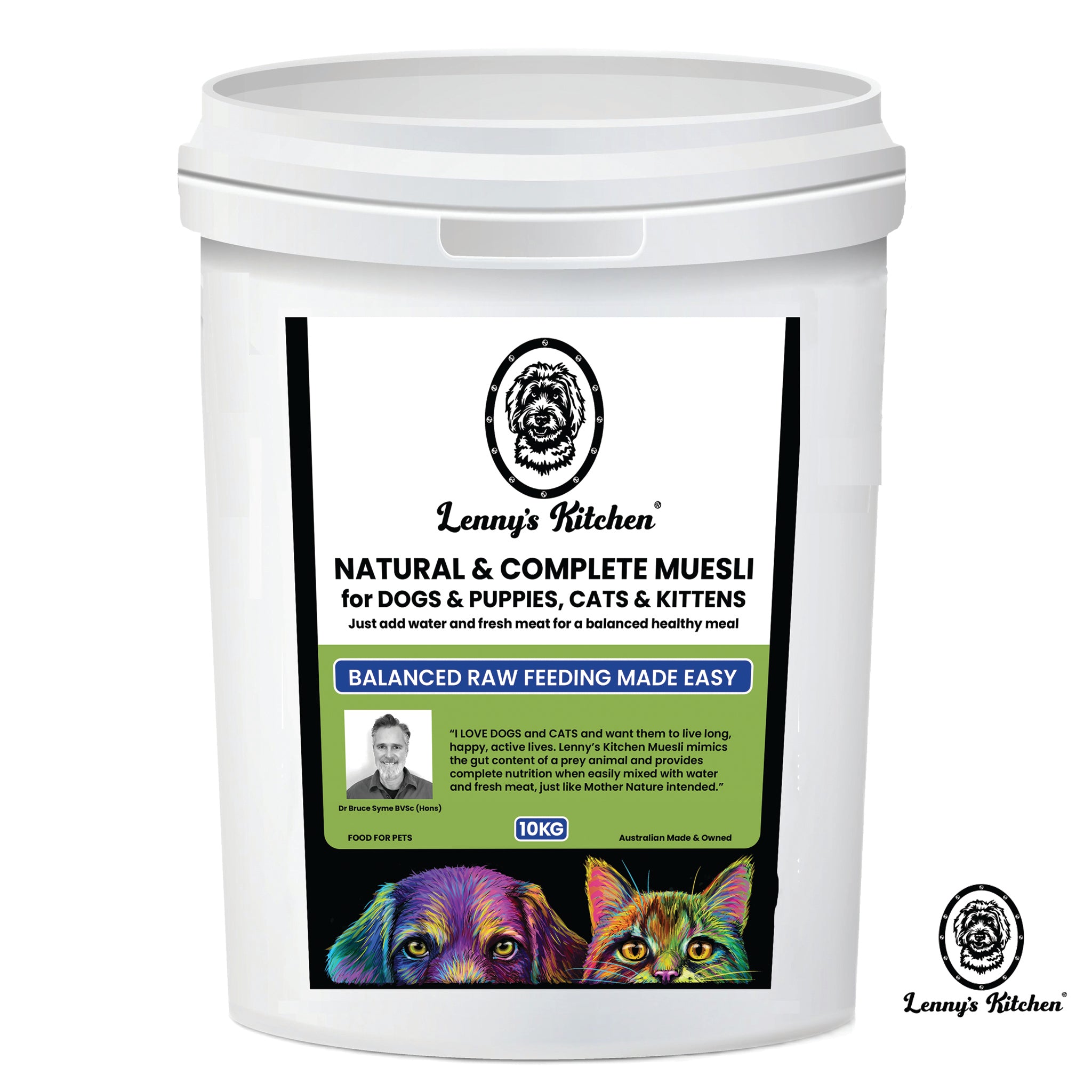Raw Meaty Bones by Dr Bruce
Background
Eating raw bones is as completely natural as eating fresh meat for dogs and cats. They come hand in hand, in the wild. Both dogs and cats are natural hunters, cats always eating their food fresh, and dogs happy to eat fresh, or decaying. Either way, catching and eating prey has always involved the consumption of bones.
Feeding bones to domestic dogs has been a time honoured tradition and is still practiced by knowledgeable dog breeders and pet owners. The feeding of bones to cats has had less emphasis in the past, as cats have always been able to catch and eat their own prey, complete with bones. Since the advent of “ready to serve” commercial pet foods, there has been a noticeable decline in the practice of feeding bones to dogs by many pet owners, particularly raw bones. And now that the modern domestic cat’s natural hunting abilities have been limited by their confinement, there is a marked decline in the consumption of raw bones by cats also. This in turn has led to a rapid rise in the veterinary dental industry.
Benefits
Raw bones are consumed first and foremost for their nutritional value to the cat or dog. A natural, and highly digestible source of calcium is provided by raw bones and is required to provide a natural balance to the higher levels of phosphorous found in raw meat. Adequate calcium is vital for normal growth and development, for correct mineralization (strength) of the teeth and bones, and structure of joints. It is vital for muscular contraction in the body, including the heart muscle, and is involved in a wide array of metabolic processes. The calcium in raw bones can be up to 4 times more digestible than most common calcium supplements available. Bones also supply smaller amounts of cartilage (natural source of glucosamine and chondroitin sulphate), bone marrow, and other minerals, like boron, which are vital for bone and joint health.
Raw bones also play an integral role in dental hygiene for dogs and cats. The process of macerating the meat and bones massages the animal’s teeth and gums, cleaning away any food residues or tartar development. This prevents plaque formation, bad breath, dental cavities, gingivitis, and expensive veterinary teeth scaling and extractions. A good supply of calcium and other nutrients during the early growth stages of puppies and kittens will also help to ensure strong healthy teeth. And finally, a good bone feed has a beneficial effect on the dog or cat’s digestive tract. It has a cleansing/scouring effect, providing much needed roughage in the diet, and provides bulk for healthy faecal motions that stimulate anal gland emptying
Why raw?
The benefits of eating bones are greatly reduced by cooking, and it can create dangers. Cooking bones renders the natural calcium almost unavailable for absorption, losing that vital source of mineral availability. Cooked bones are much tougher, and more brittle than raw bones, and will blunt animal’s teeth after regular chewing or can even cause broken teeth. They also break into large chunks more easily, and can result in your pet swallowing a piece too large to digest, and then a quick visit for some veterinary attention as cooked bones do not digest or breakdown in the stomach.
Bones for Dogs
The basic guide for choice of bones is really decided by the size of the dog. Large dogs can handle larger bones, like lamb necks, lamb shanks, whole rabbit, whole chickens or chicken carcasses, kangaroo tails.
Smaller dogs will fare better with chicken frames, chicken necks or wings, lamb flaps, brisket bones, ribs etc. My favourites are Kangaroo tails, brisket bones and chicken frames. Remember that there are two distinct types of bones; those that are eaten easily and quite quickly, are nutritional, and provide all the above listed benefits. Bones that are too large or tough, and end up scattered over the backyard, or buried in the lawn, and dug up or chewed on over many days, are more of a “toy”. They offer some dental hygiene effects, but minimal nutritional effect, and are more likely to lead to a broken tooth. They do; however, keep many a dog happy for several hours a day. Try and get bones with some meat left on, as it encourages the dog to exercise the front incisor teeth while tearing at the meat. This is very important during puppyhood, when the milk teeth are replaced by the adult teeth. The chewing and tearing action helps to dislodge the puppy teeth and allow normal progression of the adult teeth.
Bones for Cats
Cats will prefer slightly softer, smaller bones. Chicken necks and wings (remove the skin) are the most popular, as are rabbit pieces, and smaller Kangaroo tails. My cats happily devour an entire chicken carcass with ease, and will tackle a large Kangaroo tail, but usually leave the big bones for the dogs to clean up. Many people I see in practice do not believe cats can eat bones, but once you have seen them devour a rabbit, headfirst, you understand they are quite capable, but many cats just prefer to avoid the hard work!
It can be hard to get an adult cat to start eating bones if it is not used to eating fresh meat. It can be equally hard if they already have bad teeth or need dental help. The best thing is to get your cat started as early as possible, as a kitten, and then keep up a regular routine. You can try and tempt a fussy cat by making bone feeding into a game, putting the raw bone on a piece of string and playing a bit of “cat and mouse” until your cat is super keen to get a hold of the “prize”, they are then far more likely to try chewing it.
How often?
Puppies and kittens should have a bone offering every day during their growth phase. For cats and small breed dogs, this ends around 6-12 months of age, for medium sized dogs at 12-18 months, and for large and giant breeds, at 2 years old. Puppies and kittens can tackle soft macerated meat and bone pieces as soon as they develop their milk teeth, at around 4-5 weeks old. Adult dogs and cats can still happily eat a bone every day but can get by with bones at least twice weekly. Older pets should get more bones, as they start to need more calcium in old age to maintain good health and prevent arthritis.
What to avoid
Avoid cooked bones full stop. As a rule, avoid bones of a size that will tempt the dog to swallow them without chewing, they can still get caught in the gut or wedged across the roof of the mouth. As a rule, avoid very large beef leg bones (marrow bones) as they are very tough, and can result in fractured teeth.
Also be wary of feeding bones if you don’t feed any other raw meats in the diet, as the gastric acidity can be significantly diminished by processed kibble diets and cause digestive issues and vomiting.



